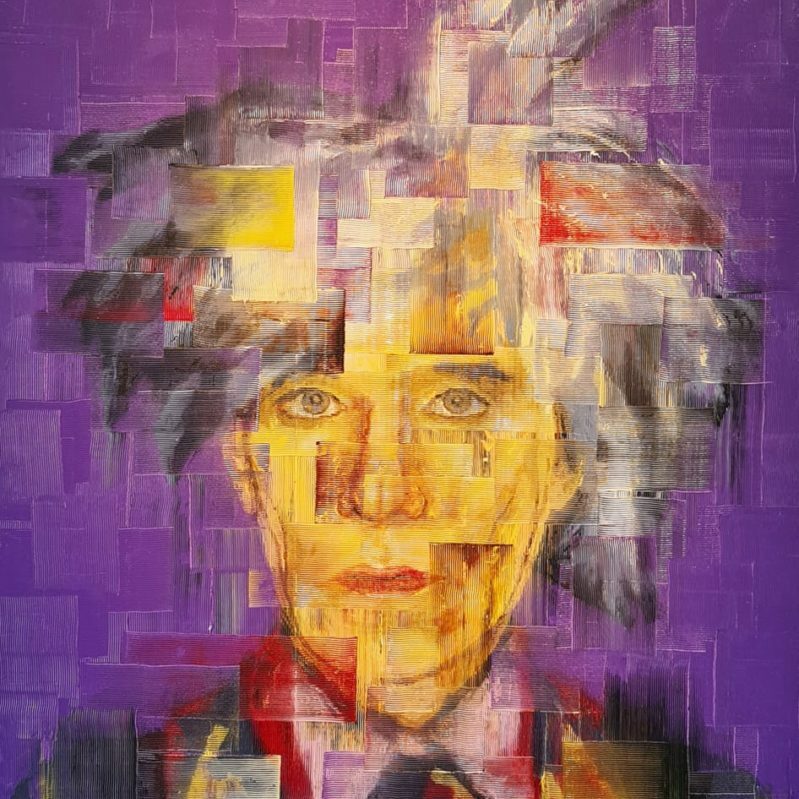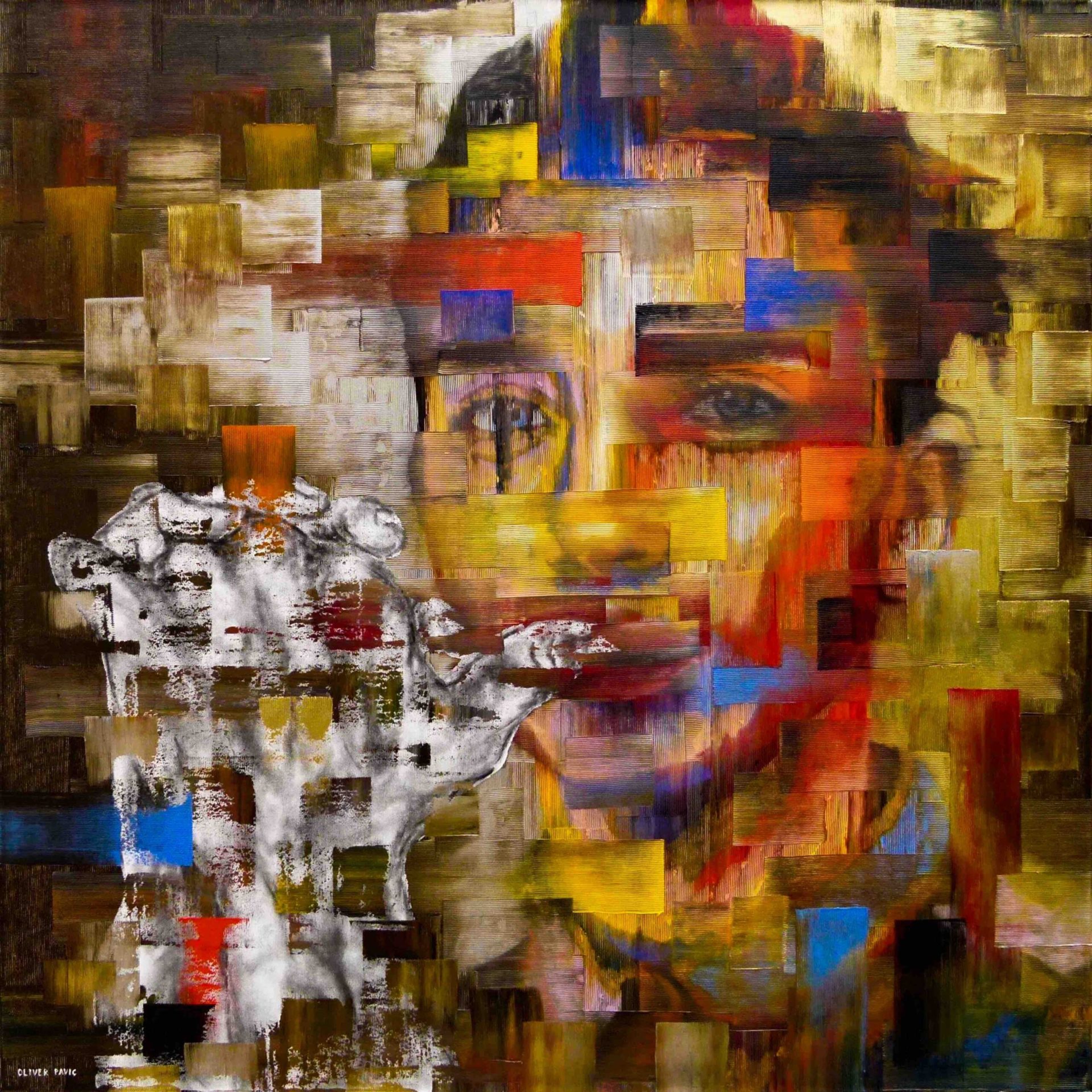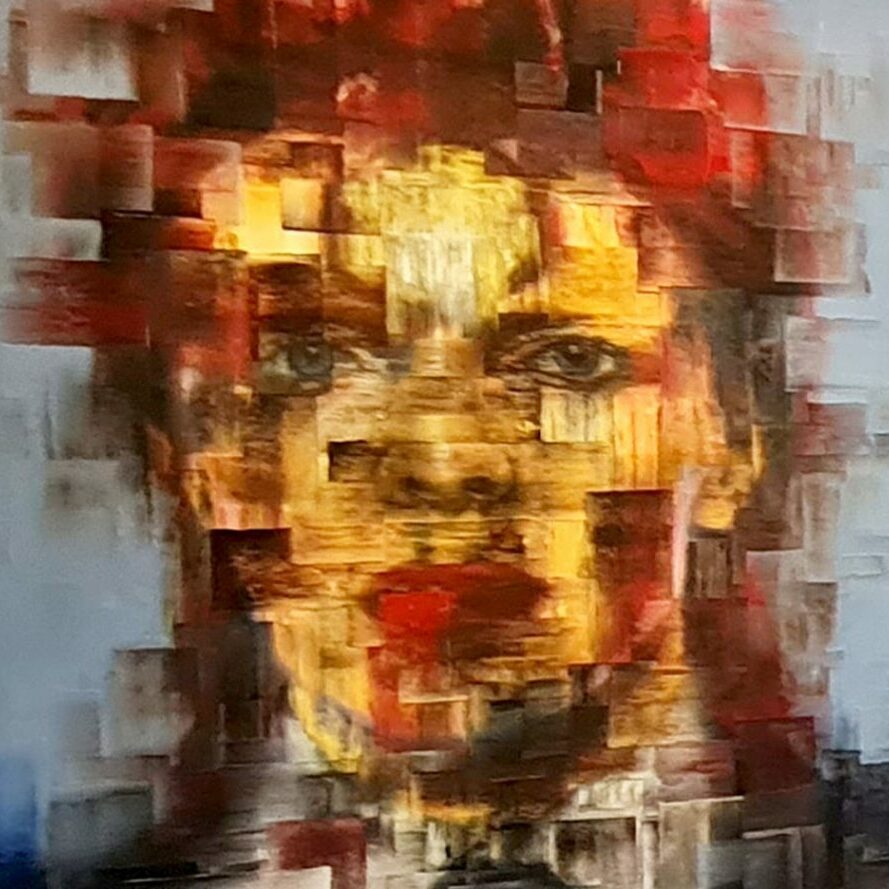Oliver Pavic
Oliver was an architect before embarking on the art of oil painting. As an architect, he studied forms and compositions and how they interact within an environment. He attempted to present his architectural projects using more artistic mediums such as photography, installations, and music. When that wasn't enough, Oliver sought expression through painting.
Painting was initially just a hobby for him, a way to complement his architectural creativity. He began to study people and how they interact with architecture, and how urban landscapes integrate with people. The two worlds, painting and architecture, were presented to him as non-homogeneous, yet he considered them very similar. Architectural materials, shadows, and perspectives began to merge with oil colors, canvases, and artistic plots.
Oliver began painting seriously in 2015, and since then, he has been learning the art of painting, exploring different techniques and subjects, but above all, he has learned to express himself through his art. He has learned to merge his styles and techniques to create an original work of art. Elements of classical portraiture have been merged with architectural lines to reveal a manipulated expressive portrait. A technical approach to painting has allowed him to blur the line between classical and contemporary, between fine art and abstract.
Oliver's unique style has been described as something between abstract and representational, inevitably appealing to the viewer. He realized that a painting is not only what it depicts on the canvas but what it reveals in the viewer's mind. He says: "Show them everything and you reduce them to passive consumers, but allowing them to discover for themselves is to make them active participants."
Oliver's original painting technique is a blend of controlled architectural lines working with (and sometimes against) the organic "brushstroke," except that in his case, the brushes have been exchanged for palette knives, spatulas, and toothed scrapers.
This technique involves staging and layering the right amount of oil paint and tones of different colors, which are then manipulated "alla prima" into a portrait. This approach is a matter of timing and envisioning the result, but the final outcome remains unknown until he has completed the last stage of the painting; the revelation, using the toothed scrapers.
The introduction of hands into the composition adds another dimension to his portraits. It becomes a kind of 3D object expressing the emotions of the person in the portrait. The hands become a focal point of the painting and are the most exposed part of the canvas.
The portrait experience, with its fine vertical and horizontal lines, is influenced by the angle and distance of the viewer's point and the direction and quality of the light. This becomes a dynamic rather than a static work of art.
By partially revealing the canvas and sketch lines of the painting, Oliver can then expose these subjects in an intimate, laced version of themselves or preserve their privacy behind a kind of veil. By using charcoal to counterbalance the oils, he has managed to find a unique painting approach perfectly suited to who Oliver wants to be as an artist.





